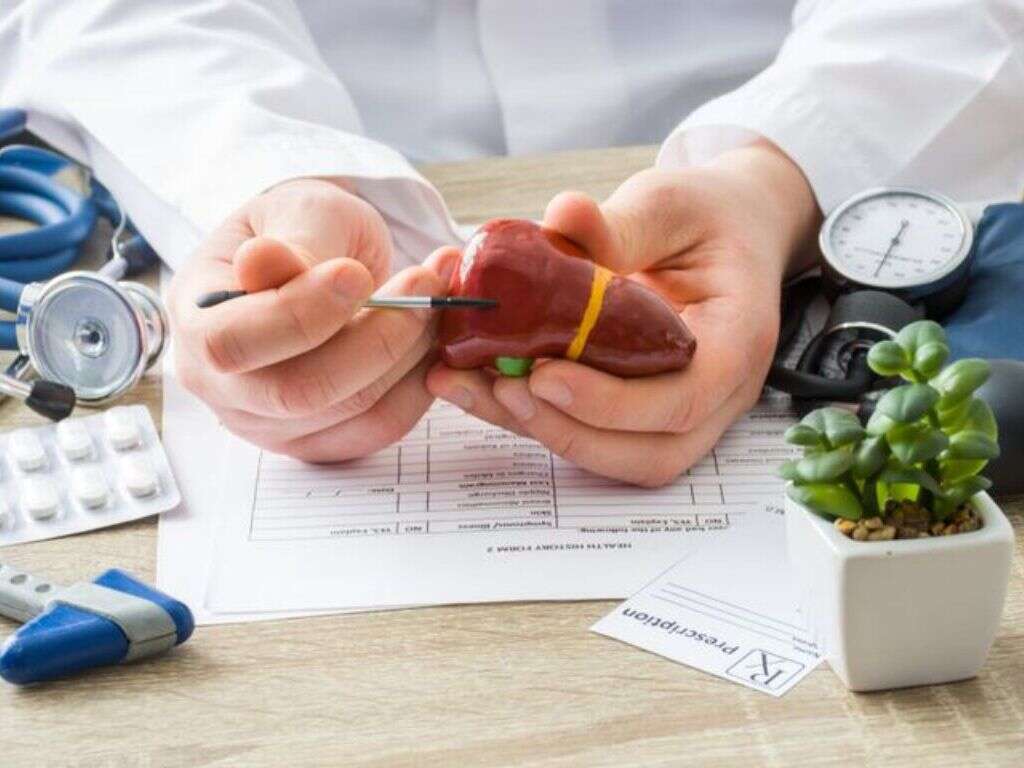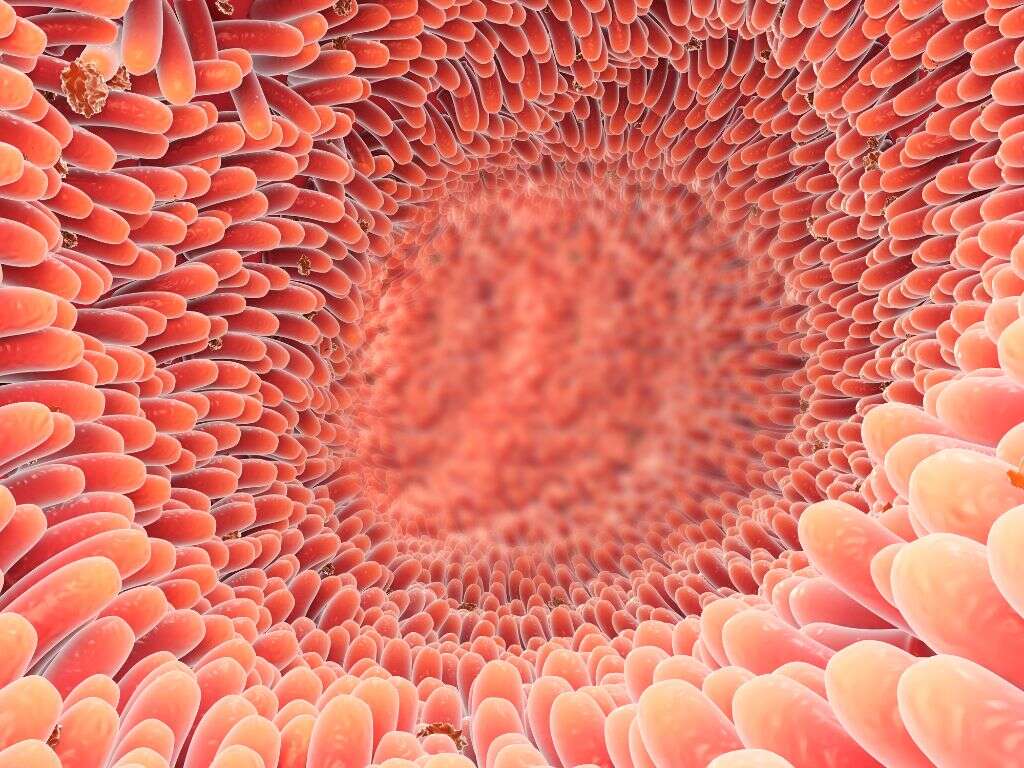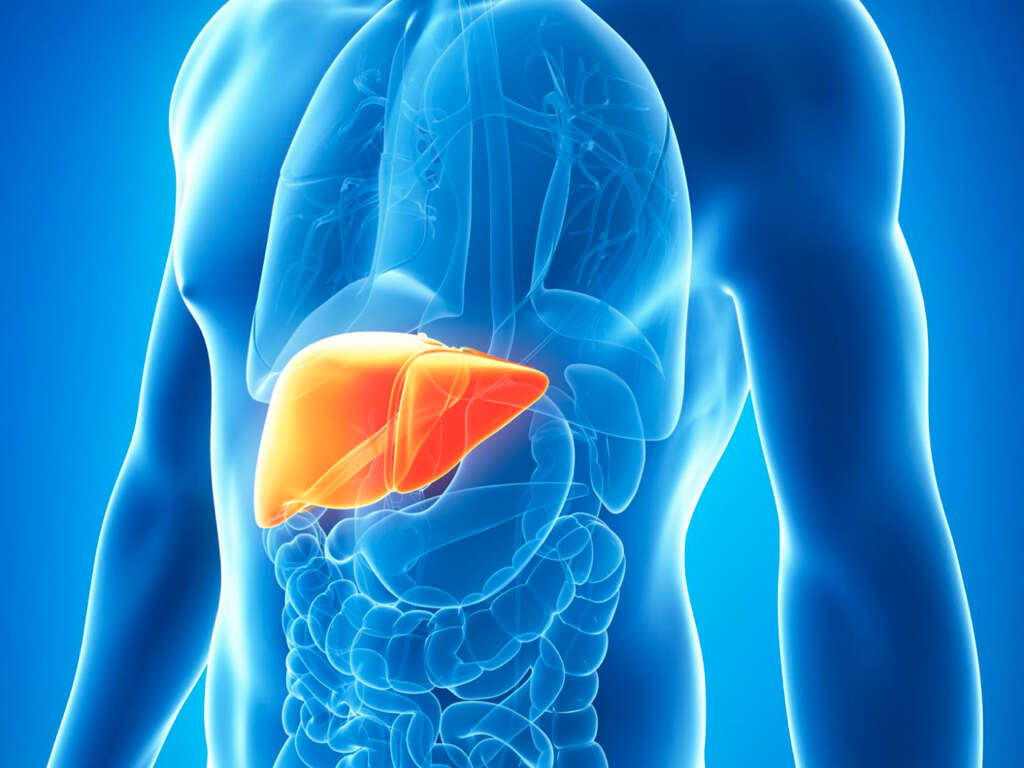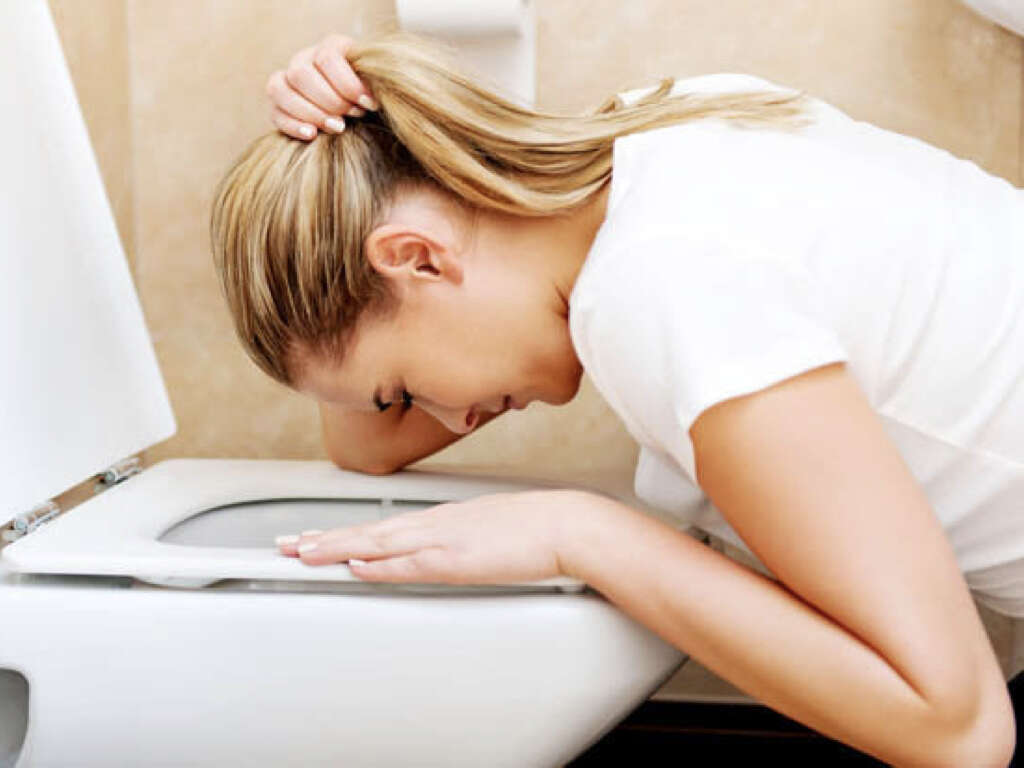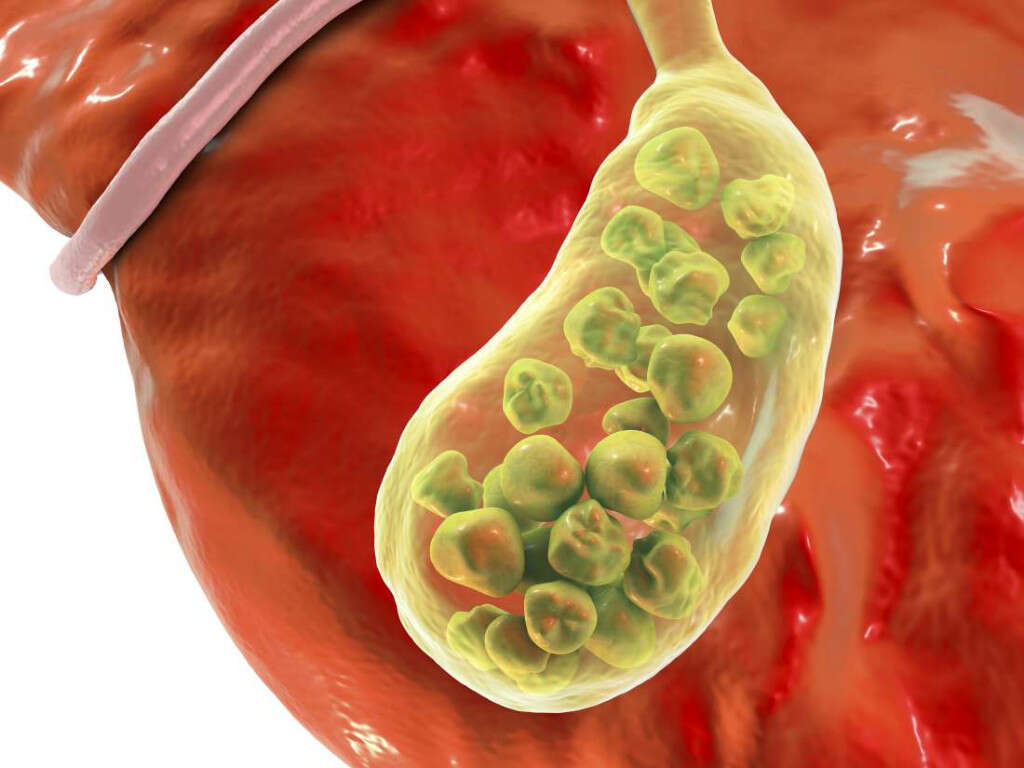Gallbladder Polyps Causes, Symptoms and More
 Article Sources
Article Sources
- 1. Jean-Luc Szpakowski, MD. ‘Gallbladder Polyp Outcomes and Association With Gallbladder Cancer.’ JAMA Network Open, JAMA Network, 18 May 2020, jamanetwork.com/journals/jamanetworkopen/fullarticle/2765996
- 2. J. A. Lujan, MD. ‘Laparoscopic Cholecystectomy vs Open Cholecystectomy in the Treatment of Acute Cholecystitis.’ Archives of Surgery, JAMA Network, 1 Feb. 1998, jamanetwork.com/journals/jamasurgery/fullarticle/211505
- 3. Jones, Mark W. ‘Gallbladder Polyp.’ StatPearls /[Internet/]., U.S. National Library of Medicine, 8 Feb. 2021, www.ncbi.nlm.nih.gov/books/NBK470211
The gallbladder is a small organ located under the liver that stores bile, which is passed from the liver to the small intestine to help with fat digestion. Gallbladder polyps are small, abnormal tissue growths that protrude from the inner lining of the gallbladder.
About 95 percent of gallbladder polyps are noncancerous.1Jean-Luc Szpakowski, MD. ‘Gallbladder Polyp Outcomes and Association With Gallbladder Cancer.’ JAMA Network Open, JAMA Network, 18 May 2020, jamanetwork.com/journals/jamanetworkopen/fullarticle/2765996 The size of the polyp correlates with whether it's cancerous. Polyps less than half an inch in diameter are typically noncancerous, and those larger than 1/2 inch in diameter have a greater likelihood of being or becoming malignant. Polyps larger than three-quarters of an inch have a high likelihood of being cancerous.

Types and Symptoms
Gallbladder polyps occur in three primary forms, including pseudopolyps, inflammatory polyps and true gallbladder polyps. Pseudopolyps are also called cholesterol polyps because they're filled with cholesterol. As the name suggests, inflammatory gallbladder polyps are caused by inflammation of the gallbladder wall. True gallbladder polyps are the rarest of the three.
If any of these gallbladder polyps enlarge beyond a specific size, a doctor may recommend the removal of the gallbladder. Gallbladder polyps are commonly asymptomatic. However, some people experience nausea, vomiting and occasional abdominal pain. In many cases, health care providers discover gallbladder polyps inadvertently while performing a CT scan or ultrasound.

Diagnosis
Gallbladder polyps are commonly discovered while a health care provider examines a person to determine a different, unrelated condition. If a doctor suspects that a person has gallbladder polyps, they may conduct an abdominal or endoscopic ultrasound to determine their presence and size.
It's not clear what causes gallbladder polyps, and research on the risk factors is inconclusive. Studies suggest that there may be a relationship between gallbladder polyps and factors, such as gender, age, medical conditions, family genetics and fat metabolism.
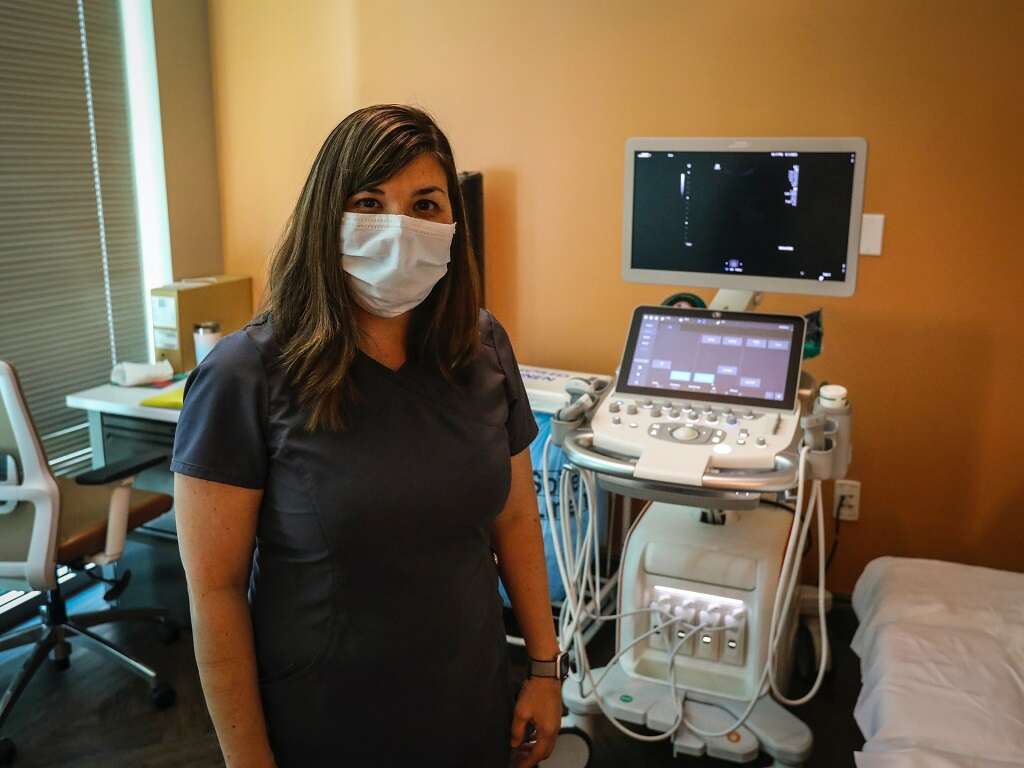
Gallbladder Polyps vs. Gallstones
Gallbladder polyps commonly occur alongside gallstones. However, the two growths are different in many important ways. Gallstones arise when hardened digestive fluids are deposited in the gallbladder, which holds a digestive fluid called bile.
The size of gallstones varies. They may be the size of a grain or may grow to be as large as a golf ball. Some people develop one gallstone, while others may develop several. When the symptoms begin to show, surgical removal of the gallbladder may be necessary.

Polyp Size Determines Treatment
The size of gallbladder polyps determines how they're managed. For polyps that are smaller than a half-inch in diameter, the doctor may perform regular ultrasounds to monitor the growths for any developments that may indicate cancer. These ultrasounds may be either endoscopic or abdominal.
For polyps that are larger than half an inch in diameter, the doctor may recommend a cholecystectomy, a surgical procedure to remove the gallbladder. Doctors commonly recommend this procedure for people with both gallbladder polyps and gallstones.

Open Cholecystectomy vs. Laparoscopic Cholecystectomy
Open cholecystectomy involves removing the gallbladder by making a large incision under the right side of the rib cage.2J. A. Lujan, MD. ‘Laparoscopic Cholecystectomy vs Open Cholecystectomy in the Treatment of Acute Cholecystitis.’ Archives of Surgery, JAMA Network, 1 Feb. 1998, jamanetwork.com/journals/jamasurgery/fullarticle/211505 A laparoscopic cholecystectomy uses small abdominal incisions to remove the gallbladder. According to researchers, laparoscopic cholecystectomy is associated with lower mortality rates compared to open cholecystectomy.
However, severe complications are more likely to occur as a result of laparoscopic cholecystectomy. These complications include abscesses under the liver, bleeding and bile duct injuries.

Dietary Changes to Reduce Cholesterol Levels
Surgical removal of the gallbladder is the only known effective treatment for gallbladder polyps. People who have high cholesterol may be at a higher risk of developing pseudopolyps, so reducing the levels of cholesterol in the blood may help prevent these types of polyps.
Institutions, such as the American College of Cardiology, or ACA, recommend that people with high cholesterol make dietary changes. A low-cholesterol diet includes various foods, such as fruits, vegetables, legumes, whole grains, seafood, fish and low-fat poultry and dairy.

Causes and Risk Factors
People with high levels of salts or cholesterol in their bile have a higher risk of developing gallbladder polyps. The liver produces bile, which passes into the gallbladder to be stored. The primary function of bile is to help with the digestion of fat in the body.
Gallbladder polyps are associated with the development of gallstones. Many people have both gallstones and gallbladder polyps. Health problems that increase the likelihood of developing true gallbladder polyps include Gardner syndrome, familial polyposis and hepatitis B.

Complications
Cholesterol and inflammatory polyps comprise the majority of gallbladder polyps. These polyps aren't likely to lead to complications or become cancerous. However, health care providers may regularly monitor these forms of gallbladder polyps in case any developments occur.
When a polyp enlarges beyond 1 centimeter or when a person experiences symptoms, the health care provider may consider removing the gallbladder. The worst-case scenario for true gallbladder polyps is gallbladder cancer.

Gallbladder Polyps and Cancer
True gallbladder polyps are the only gallbladder polyps that may lead to cancer. Gallbladder cancer has five stages, with stage 5 being the most advanced. The five-year survival rate for stage 1 gallbladder cancer is under 50 percent.3Jones, Mark W. ‘Gallbladder Polyp.’ StatPearls /[Internet/]., U.S. National Library of Medicine, 8 Feb. 2021, www.ncbi.nlm.nih.gov/books/NBK470211
It is common for gallbladder cancer to go undetected when it is in stages 0 and 1. In most cases, cancerous gallbladder polyps are detected when they have advanced beyond stage 1. Inflammatory and cholesterol gallbladder polyps are typically noncancerous.

Summary
Gallbladder polyps are common and usually asymptomatic. They're usually benign but still warrant monitoring. When symptoms are evident or the polyp enlarges beyond 1 centimeter, surgery may be necessary. Doctors may also recommend the surgery if the polyp has grown by at least 2 millimeters since the last visit.
True gallbladder polyps are rare and can lead to gallbladder cancer. They are treated through surgical removal of the gallbladder. Early detection and intervention can improve the survival rates of gallbladder cancer.




